Most dog owners consider a dog harness their primary piece of equipment. It ensures security and comfort for walking, training, and, of course, controlling their pets. Instead of applying pressure to the neck region as a normal collar does, a dog harness belt spreads the pressure on the chest and shoulder during the walk, making it comfortable for both the dog and its owner. However, given that many dog harnesses are currently on the market, it may be challenging to find the most appropriate one. Well, this blog is here to help with that! We will help you understand what aspects to pay attention to, review all the types of harnesses, and give you some advice on how to put on a harness correctly for your dog.
Why Choose a Dog Harness?
There are several reasons why a dog harness belt might be a better choice than a collar for your dog:
- Comfort: Harnesses evenly spread the pressure across the chest and shoulders, which reduces discomfort when walking and controls pulling or charging for the dogs. This is especially concerning to breeds with short necks or those experiencing problems with breathing exercises.
- Safety: A harness is also less likely to come off than a collar, especially if the dog is notorious for devising escape tricks or tends to pull around during walks.
- Training: They ensure you have better control within a short period, especially when training your pet or walking it without the leash pulling you around.
- Medical Conditions: When a dog is sick, involved in an accident, or suffering from a sickness that affects its neck or throat, a harness is a more appropriate approach than a collar.
How to Put on a Dog Harness
Now that we know about the various harnesses available let me briefly discuss how to put on a dog harness belt. Most harnesses follow a similar approach:
- Identify the Openings: Find the places with holes in your neck and chest. Depending on the type of harness you have, some will have clasps on both straps, while others are the step-in type.
- Loosen the Straps: Make sure all the harness straps are detachable and can be adjusted to facilitate the dog's passage through it easily.
- Position the Harness: They will ensure the harness is held with the buckles facing outside or away from your body. In case it is a step-in model, the model is placed on the floor, and the dog is directed to walk in with its front legs. For other harnesses, put the harness over your dog’s head and place it on the back of your dog.
- Fasten the Buckles: Make sure the buckles on the chest and the neck straps are adequately fastened to ensure safety but not tight. When the harness is worn by your dog, you should be able to insert two of your fingers between your dog and the harness.
- Adjust the Straps: Once fastened, consider the user's physical attributes and fine-tune the straps to achieve a proper fit. They should not be too tight, limiting your dog’s mobility, but neither should they be so slack that the dog can quickly escape it.
Types of Dog Harnesses
Now that you know the benefits of harnesses and how to put one on, let's explore the different types available:
- Standard H-Harness: This is the most frequently used type of dog harness belt, It is padded at the center rear with a buckle and clips at the front, where leash can be attached. It is comprised of an H-shaped metal structure with rubber straps that encircle the chest and shoulders and come together in the middle of the dog’s back via metal buckle. Standard harnesses are durable and comfortable for walking, training, and daily use of your dog.
- Front-Clip Harness: This harness has a quick snap, leash attachment ring located in front of the dog on its chest area. This may be useful for those dogs that like to pull, using it to guide them back into position when they pull towards moving forward.
- Back-Clip Harness: The leash attachment point on a back-clip harness is located on the back of the dog, though not typically as high as a collar. This one is preferable for casual walkers and does not produce a lot of force on the calf muscles. Nevertheless, it provides less control compared to a front-clip harness.
- No-Pull Harness: Many of these harnesses have control points on the front and back or a unique design that minimises pulling. Most are specifically tailored for dogs that require special attention on how to behave on a leash.
- Step-in Harness: There are a few types of harnesses, but step-in harnesses are more suitable for puppies or smaller dogs. These are convenient to use, and your dog can simply step into them with its front legs to access the harness.
- Padded Harness: These harnesses are designed with additional padding around the chest and back straps, which is more comfortable for dogs with skin sensitivities and those who try to pull hard.
- Leather Dog Harness: The leather dog harness is a remarkable, well-designed, and functional dog accessory. However, it is essential to clean leather now and then, and it is also not very suitable for use during the rainy season or any severe weather conditions.
- Mesh Dog Harness: Mesh harnesses are lighter and thicker than other harness styles, which makes them appropriate for warmer weather and dogs with a high level of activity.
Miles and Miles of Fun: PetKonnect Harnesses for All Your Off-Road Needs
If you are searching for the best dog harness for your pet, you are in the right place. Well, the answer to all your pet needs is here at PetKonnect! We provide all types of harnesses that suit all the sizes, shapes and activities the dog engages in. Whether you’re looking for orthopaedic, extra soft dog beds where even the most spirited little dog can rest or no-pull harnesses for safe and gentle training of your dog, PetKonnect is the one. Check out our products today and find the comfort and joy of daily walks and enjoyable strolls with your dog!
Choosing the Right Dog Harness for Your Pup
If you can now decide about various types of dog harnesses, it is now high time you select one according to your pet's requirements and your personality. Here are some key factors to consider:
- Your Dog's Size and Breed: The size and breed of your furry friend should also be an important consideration when choosing your harness. A large breed will, of course, require a bigger and stronger harness than a miniature breed like the teacup Chihuahua, for example. Dogs with short muzzles or respiratory issues may do well with a front-clip harness to reduce neck strain.
- Your Dog's Activity Level: Dogs involved in activities such as hiking or running will need a harness with adequate padding and ventilation, such as a mesh dog harness. If the dog takes a relaxed stroll or runs at a slow pace, then a regular harness should be enough.
- Pulling Tendencies: Do you have issues with your dog pulling on the leash? If so, choosing a front-clip or no-pull harness could help prevent this.
- Ease of Use: Consider how comfortable it is to put on and remove the harness. Step-in harnesses are suitable for puppies or for those who hurt or protest when things are placed over their heads.
- Material and Durability: Select a harness made of good quality material to ensure it lasts for years of use without showing signs of wear out. Nylon is preferred for this purpose due to its strength and ease of cleaning. Leather dog harnesses are more elegant and beautiful; however, they are not very easy to maintain.
- Comfort: The most important aspect is that the chosen harness should be comfortable for your dog to wear, and there should be no pinches or rubbing on any area of the dog. Thus, it should be tight enough to fit on the body but not restrict the wearer's movements. The ideal harness should have a soft cushion and adjustable belts properly fitted to the dog.
Here are some additional tips for choosing a dog harness belt:
- Measure your dog carefully: Another consideration depends on the body type: proper fitting is vital to ensure that the protective gear one wears is both comfortable and safe. Nearly every online pet shop and pet products shop will provide the measurement checker you need to evaluate your dog’s chest and neck circumference.
- Let your dog try it on: If possible, you should try to take your dog to a pet store and allow it to wear different harnesses to see how it reacts to them.
- Look for adjustable straps: Some models have straps that can be easily tightened or loosened to achieve the best fit.
- Consider reflective details: A reflective trim on the harness can help you spot the dog during night time strolls.
By following these tips and assessing your dog’s specific requirements, you can find the best dog harness that will make the walk enjoyable for you and your pet.
Happy walking!







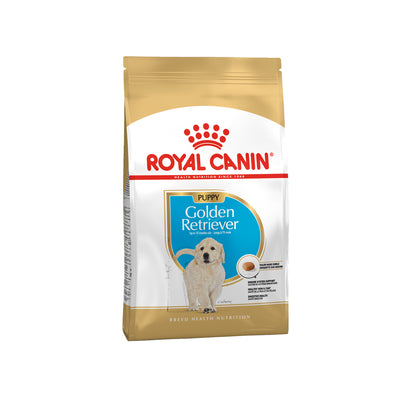
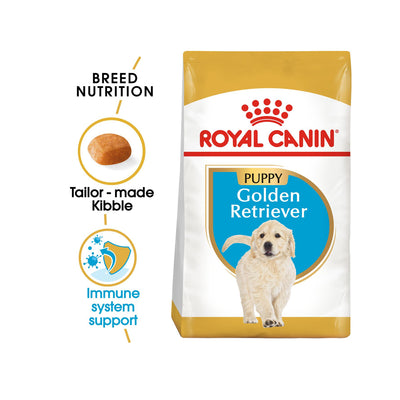
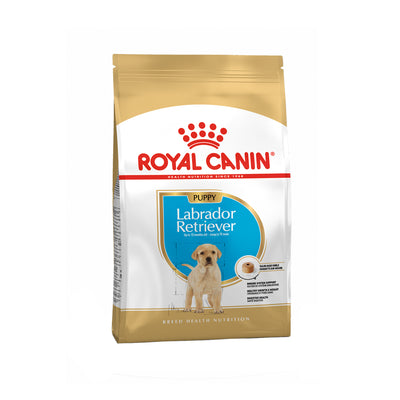
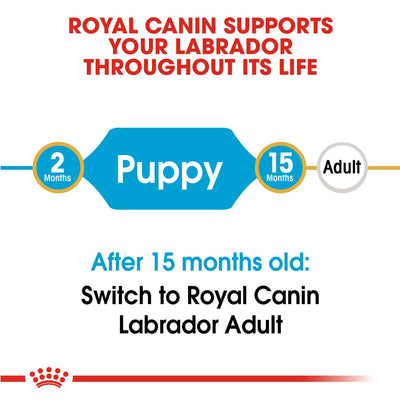
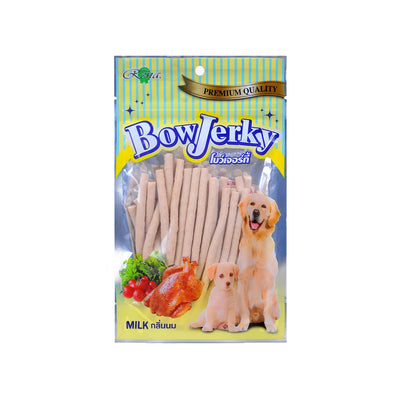
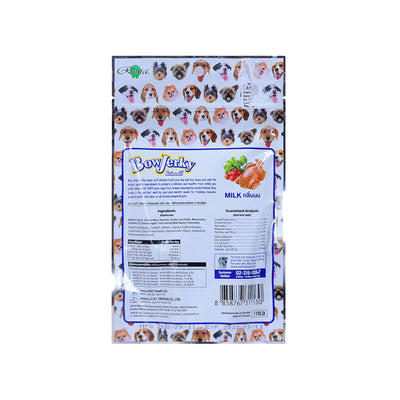

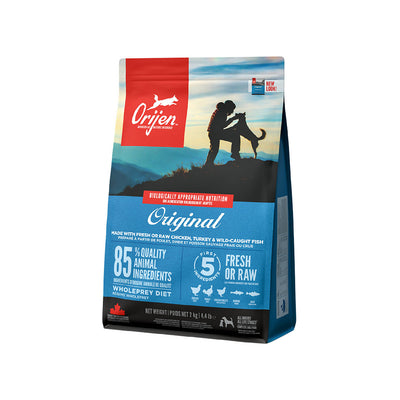
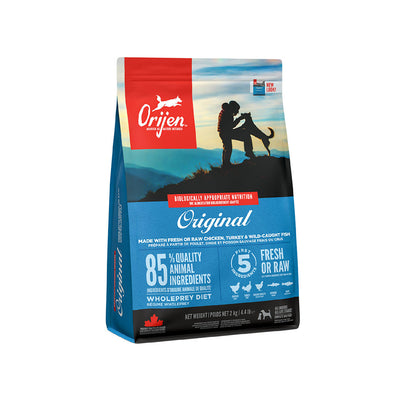
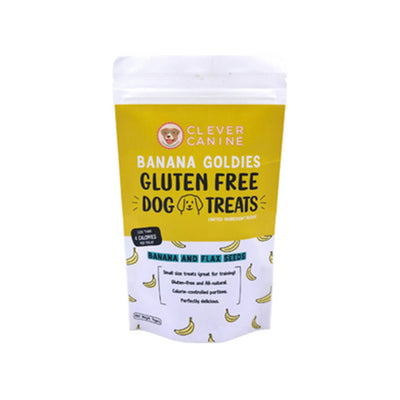
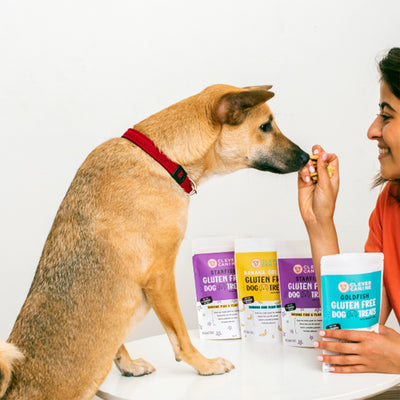
![5 Fun Facts About [Popular Pet Breed]](http://www.petkonnect.in/cdn/shop/articles/5_Fun_Facts_About_Dog_Pet_Breeds.png?v=1716969117&width=400)


